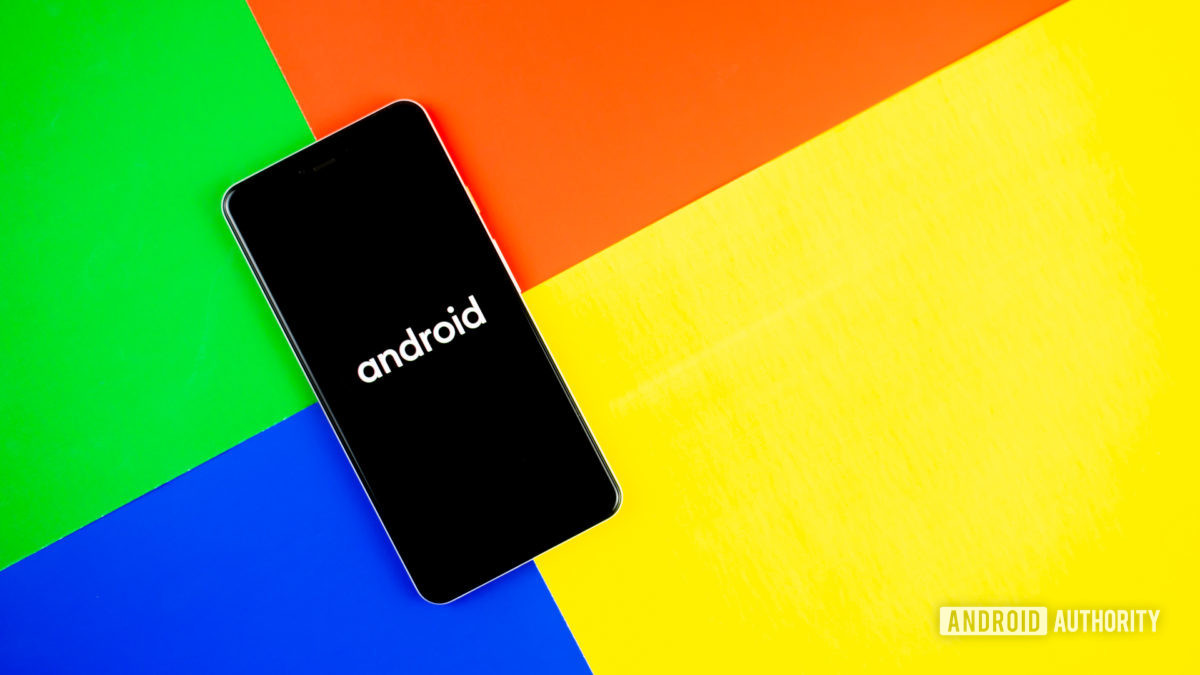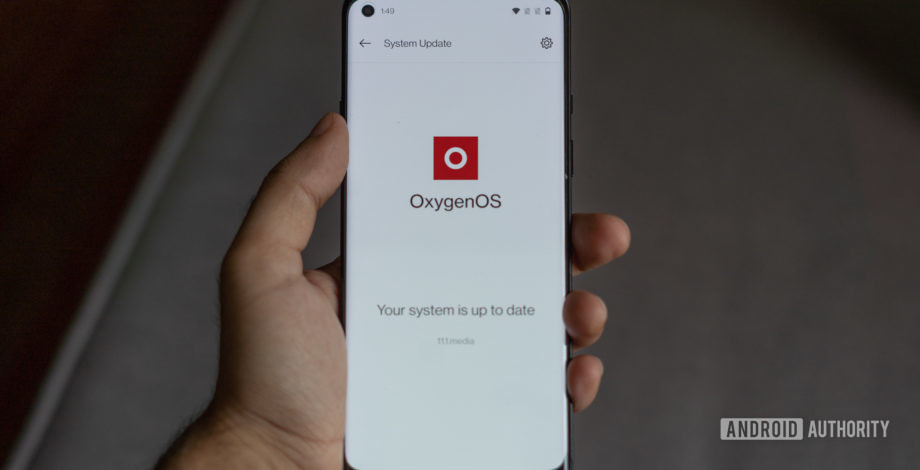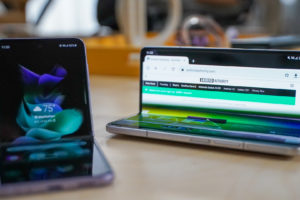
Credit: Dhruv Bhutani / Android Authority
Last year, in tandem with the Galaxy Note 20 series launch, Samsung announced it would support the software on most of its phones for three years. Earlier this year, the company pushed its Android update policy even further. Now, it offers three years of monthly support with a fourth year of quarterly security patches for nearly every smartphone it makes.
After this policy change, Samsung’s first major phone launch was the Galaxy S21 line, which has been selling incredibly well. There are plenty of other reasons for that, but its updates promise certainly isn’t hurting sales in any way.
Now, over the past week, we’ve seen new software support policies from both Oppo and Vivo. Both firms will offer three years of updates — but each has limitations. Oppo, for example, is only offering the policy for the Find X3 series, at least for now. Vivo is only changing the policy for its future flagships in the “X” series, meaning no current Vivo phones will see three years of support.
Related: Samsung has raised the bar for Android updates
I don’t want to jump to conclusions, but it certainly seems like these two companies are trying to earn some PR goodwill by mimicking Samsung’s well-received Android update policy. But here’s the thing, folks: a good Android update policy should be a core aspect of a company’s product, not a strategic PR move.
Times have changed, and so should Android updates

Credit: Edgar Cervantes / Android Authority
Ever since the smartphone boom of the 2010s, most manufacturers have stuck to the default software support window of two years. This length of time wasn’t an arbitrary decision. This two-year window stemmed from the concept that people would buy a subsidized phone when they signed an agreement with a carrier. That agreement would last for two years. When the agreement closed, the user could then sign a new two-year contract and get a new, heavily discounted phone.
See also: Family plans: Which carrier is the best for your family?
If most consumers were only keeping their phones for two years, there was little reason for OEMs to continue to support them beyond that limit. That’s one of the reasons why most OEMs stop short of offering Android updates beyond the two-year threshold.
However, things have changed. Exclusive two-year carrier contracts are a rarity these days. Even the idea of buying your phone from your carrier is a downward trend. According to NPD, there are over 50 million active unlocked mobile phones in the United States. That number goes up every year.
For some reason, OEMs can’t let go of the same two-year update cycle they’ve had since the early 2010s.
Additionally, the average person holds onto their phone for longer than they did previously with every passing year. However, many Android OEMs refuse to get with the times and extend their policies for Android updates. It was two years in 2010, and it’s going to be two years now, dagnabit!
This inability to move with the times is going to separate the winners from the losers in the increasingly cutthroat mobile industry.
This isn’t about PR — it’s about customer retention

Credit: David Imel / Android Authority
To its credit, Samsung was smart enough to see this trend. It may have been slow on the uptake (its support history was pretty dismal before 2018), but it knows consumers aren’t going to settle for two years of support anymore. It knows that the company with a robust update policy will sell more phones and retain those customers for longer periods of time. Just look at Apple, which offers five years of updates for iPhones. And wouldn’t you know it, Apple sells a lot of iPhones.
Vivo’s and Oppo’s policies, though, clearly aren’t based on this realization. Those caveat-filled promises are just PR trend-following. They saw that Samsung made a move and customers and pundits alike responded positively. They had a meeting and said, “Hey, we can jump on this bandwagon — but we can’t actually make a full commitment.” That’s hollow marketing, and consumers will see right through it.
Customers will know which companies really believe in offering extended support and which ones are just jumping on the bandwagon.
Think of Android updates as a branch of customer support. If I buy a product and something goes wrong, I might try to contact the company. If that call goes well — i.e., my problem is solved quickly and efficiently — I will be happy and likely buy more of that company’s products. I also will be likely to share my positive experience with friends and family to encourage them to do the same.
That’s what Android updates represent. They represent a customer’s prolonged satisfaction with their purchase. A company that offers a phone (or any product, really) that comes with robust, long-term software support is more likely to earn a customer’s future dollars. On the flip side, a company that offers weak or caveat-filled support will not see those future dollars. It’s that simple.
I sincerely hope we soon see a wave of software support policy changes from Android OEMs. I just hope they look like Samsung’s and not like Oppo’s or Vivo’s. These policies shouldn’t require a ton of fine print. If they do, they won’t represent a true understanding of what consumers want — and that will inevitably backfire.







